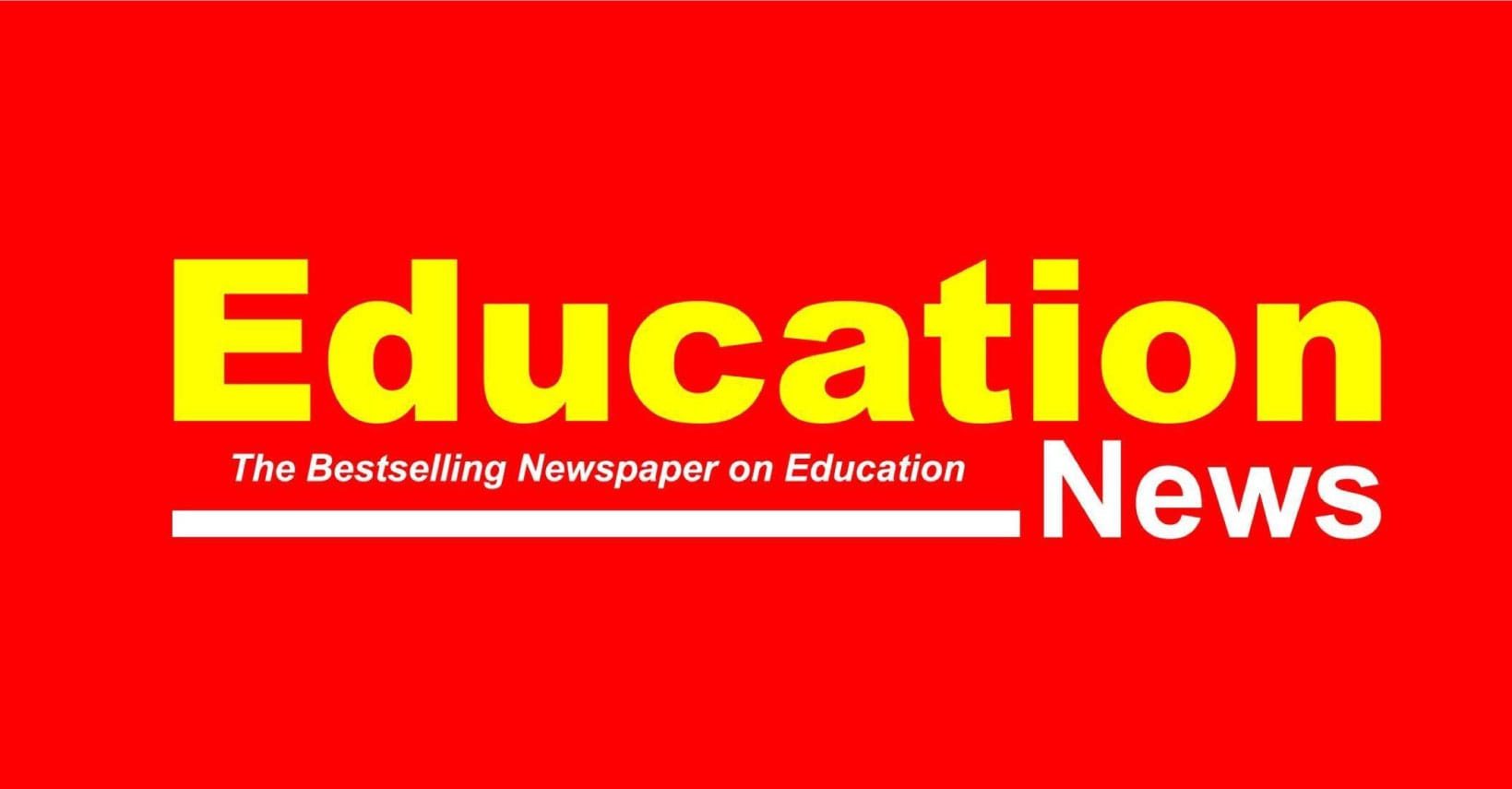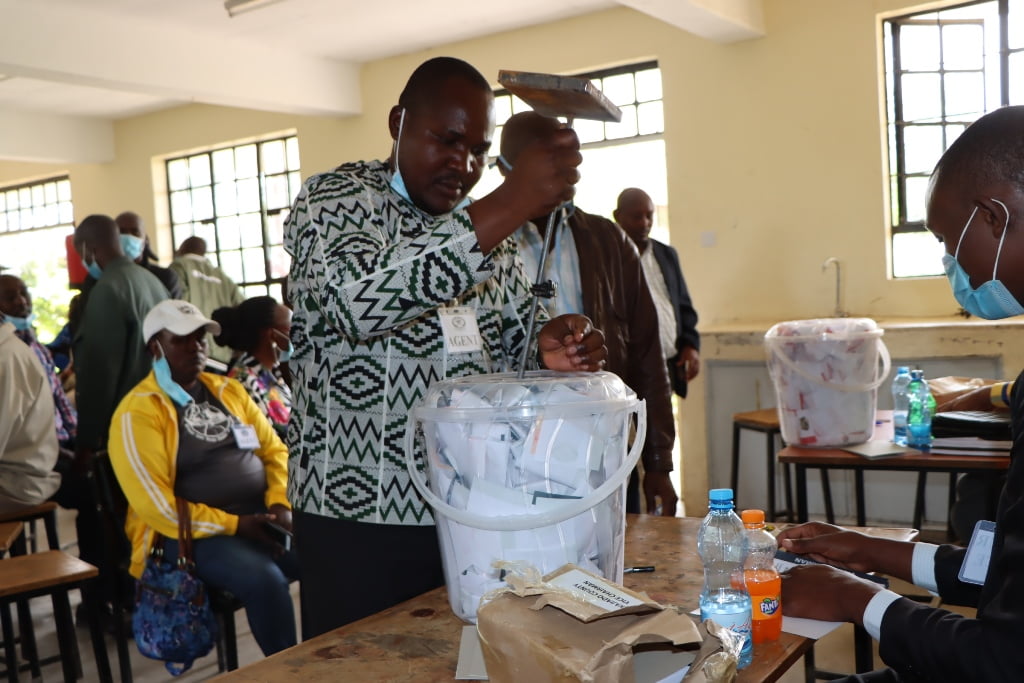Straight into it. As an education (academic and career) consultant, this is my 13th treatise on Competency-Based Education (CBE). Ideally, it explores oodles of opportunities available for CBE learners after Senior School (Grades 10-12). Depending on the Career Pathway taken, there will be two possible routes for learners after Senior Schools. One; some will proceed to tertiary institutions for further studies. Two, some will directly join the dynamic world of work.
More importantly, we should first of all talk about the 3 major Career Pathways offered in Senior School as pointed out in the policy document titled Basic Education Curriculum Framework (2017). The 3 Career Pathways include: Arts and Sports Science, Social Sciences and STEM (Science, Technology, Engineering and Mathematics). As postscript, in another policy document titled Guidelines on Selection and Placement of Learners to Senior School (2025), there is what is known as the Stage-Based Vocational Education Pathway: designed to equip special needs learners with practical skills and technical knowledge.
In the 3 Career Pathways, there are Tracks cascading to Learning Areas or subjects. For instance, Arts and Sports Science Career Pathway has two Tracks: Arts and Sports Science. Learning Areas or subjects in the Arts Track include: Music and Dance and Theatre and Film and Fine Art. Learning Areas or subjects in the Sports Science Track include: Physical Education (PE) and Sports and Recreation. Architects of CBE envision that this Career Pathway is to take care of 15% of learners in Senior Schools. It is to nurture their talents, creativity and physical abilities. Learners that opt for Arts and Sports Science in Senior Schools, later can proceed to universities, colleges and conservatories; specializing in arts, music, dance, sports or related fields.
ALSO READ:
Kenya to join global education rankings in PISA 2025 assessment
Largely, this Career Pathway exposes learners to oodles of opportunities in the world of entertainment such as acting (being a thespian), music production, dance performance, choreography and media production. Career opportunities in the Arts Track include: fine arts, graphic designs, fashion design, animation, film and media production, theatre, music performance and arts management. The Sports Track exposes learners to: professional sports, sports coaching, teaching Physical Education (PE), sports management, fitness training and sports medicine.
Likewise, Social Sciences Career Pathway has two Tracks: Languages and Literature and Humanities and Business Studies. Learning Areas or subjects in Languages and Literature Track include: Literature in English, Indigenous Languages, Kenya Sign Language (KSL), Fasihi ya Kiswahili, Arabic, French, German, Mandarin (Chinese). Learning Areas or subjects in Humanities and Business Studies Track include: Christian Religious Education (CRE), Islamic Religious Education (IRE), Hindu Religious Education (HRE), Business Studies, History and Citizenship, Geography and Community Service Learning (CSL). Social Sciences Pathway should take care of 25% of CBE learners in Senior Schools. This is the Career Pathway that should assist learners to understand society, human behavior and global systems. This Career Pathway aligns learners for oodles of career opportunities in law, education, public administration, international relations, diplomacy, global issues, economics, social work, community development, counselling, social services, et cetera.
Moreover, the STEM Career Pathway has three Tracks: Pure Sciences, Applied Sciences and Technical Studies. Learning Areas or subjects in the Pure Sciences Track include: Physics, Chemistry, Biology and Mathematics. Learning Areas or subjects in Applied Sciences Track include: Computer Science, Home Science and Agriculture. Then, Learning Areas in Technical Studies Track include: Aviation, Building Construction, Electricity, Metal Work, Power Mechanics, Woodwork, Media Technology and Marine and Fisheries Technology.
ALSO READ:
What Kenyan education stakeholders can borrow from the Finland model of school punishment
STEM Pathway will cater for 60% of CBE learners at Senior School. The Career Pathway is to equip learners with requisite knowledge, skills and competencies — they require to excel in scientific and technical disciplines. After Senior School, the Career Pathway of STEM will allow CBE learners to join institutions of higher learning and explore oodles of opportunities in engineering, information technology, computer science, medicine, health sciences, environmental science and sustainability, data science and analytics, research and development in various scientific disciplines.
Finally, the learner has the latitude to opt for further vocational training in the technical institutes, vocational colleges or through the on-the-job training programmes. There will also be the possibility of learners transitioning to higher education in universities particularly in technical or professional fields related to their vocational training. The room for life-long-learning will also be there, where learners can continue upgrading their skills through advanced training, professional development courses and certifications.
By Victor Ochieng’
The writer is an education (academic and career) consultant. He assists schools to write new, or review existing Strategic Plans. He facilitates CBE re-tooling workshops for teachers. He guides Grades 7-9 learners on Career Pathways and Selection of Senior Schools. He will be addressing Grades 10 Plug-in Programmes (Induction/Orientation) for learners and parents Senior Schools in January 2026. vochieng.90@gmail.com. 0704420232
You can also follow our social media pages on Twitter: Education News KE and Facebook: Education News Newspaper for timely updates.
>>> Click here to stay up-to-date with trending regional stories
>>> Click here to read more informed opinions on the country’s education landscape






